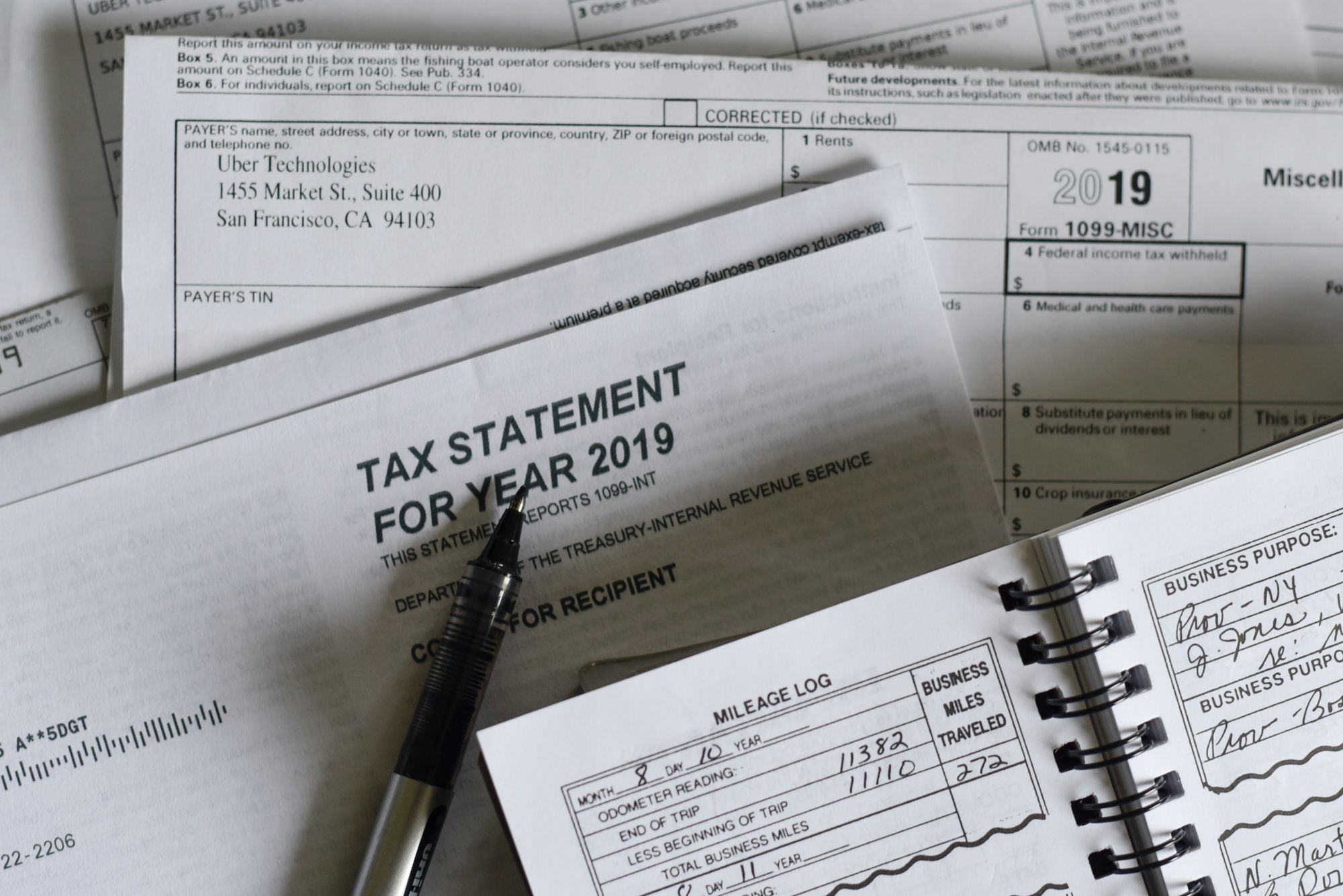Business owners need to purchase different items for running their business. Inventory or stock is all the items, goods held by a company to sell to their customers.
Definition of Inventory
Inventory refers to all the goods, items, and materials purchased or manufactured by a business for selling to the customer to make a profit.
What is Included in Inventory
- Raw Materials (raw material for making finished goods)
- Work-In-Progress (items in the process of making finished goods for sales)
- Finished Goods (available for selling to customers)
What Inventory Does Not Include
- Consignment goods. Consignment goods are stored and supplied by the manufacturer or supplier. It is a supplier or manufacturer’s inventory.
- Goods that you buy to use for your business, for example- a vehicle for delivery, is not your inventory as it is not sold to your customers. It is an asset.
Examples of Inventory
Inventory is goods and items bought by your customers. Any equipment or asset used to facilitate sales is not your inventory; its an asset. Example-If you are in the online sales business for books, the vehicle used to deliver books to customer’s houses is not your inventory; books are your inventory. Here the vehicle is your asset.
For the manufacturing industry, inventory is raw goods used in production, semi-finished products, and also the finished goods stored in the warehouse for sales. For example- For a bread manufacturer, inventory is bread flour, yeast, butter, etc. used in making bread dough. Also, bread dough stored to make bread and bread packets ready for sale stored in the warehouse.

Why Do You Need Inventory?
Storing and managing inventory incurs a cost for every business. To avoid keeping inventory inhouse, businesses may just place orders to vendors and ask them to deliver goods directly to the customers. Still, for most companies, it is tough to maintain such a supply chain. Also, they will be dependent on vendors and may not be able to fulfill customer’s demands on time. Maintaining inventory on hand allows you to:
- Fulfill customer demand immediately
- Reduce delivery cost
- Optimize fulfillment
- Provide better customer service
- Prevent loss from theft, spoilage, and returns
- Deal with seasonal demand
- Bulk buy and store at cheaper rates
Types of Inventory Systems
There are mainly two types of inventory systems:
- Periodic Inventory System
- Perpetual Inventory System
Periodic Inventory
In the periodic inventory system, the physical count is done occasionally to measure the cost of goods sold (COGS) and inventory levels. The periodic inventory system takes inventory balance at the beginning of a period, adds all newly purchased inventory during the period, and deducts ending inventory to derive the cost of goods sold (COGS).
Learn about Cost of Goods Sold formula and usage here.
To calculate the company’s gross margin, you can deduct the cost of goods sold amount from the total revenue. Small businesses mainly use periodic inventory accounting systems. For companies using the periodic system, the inventory levels, and cost of goods sold numbers are not updated continuously.
Perpetual Inventory
Perpetual Inventory system is most commonly used by businesses such as retailers with multiple outlets etc. With the Perpetual inventory system, all your product’s stock levels are updated automatically whenever a product is received or delivered to the customer.
For retailers, it is almost impossible to perform the physical count of thousands of products available in their store and warehouse. Physical counting for all the products is also a very time-consuming job that requires manual labour. Due to these reasons, many companies do not perform a physical count of their inventory frequently.
With the perpetual inventory system, your product stock levels are always updated whenever a product is received or fulfilled to the customer. All your sales return and purchase return are also immediately recorded. The inventory account balance is always updated except for any theft or damage.
Perpetual vs. Periodic Inventory Management
All major retailers are using the perpetual inventory system. However, the periodic inventory system is used primarily by all small business owners.
Unlike periodic inventory where the occasional physical count is done to measure the cost of goods sold (COGS) and inventory levels, the perpetual inventory system keeps track of inventory levels continuously.
As the perpetual inventory system uses warehouse inventory management software to track inventory in real-time, your cost of goods sold is always updated in your central accounting data.
Periodic inventory is better suited for small business accounting, while perpetual inventory is more suitable for companies with thousands of products and multiple retail outlets.
Related Articles











